- Service
- Sustainability
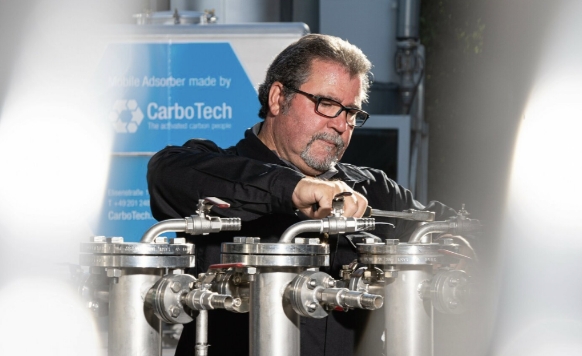
- Activated Carbon
- Applications
- Applications
- Air and Gas Purification
- Water treatment & waste water purification
- Food and beverage

- Fluid treatment
- Hydrogen purification
- Carbon molecular sieves (CMS)
- Individual applications

- Solutions
- About us
- News
Keyword-Search
Activation of Carbons
- Home
Activation of Carbons
ACTIVATION OF CARBONS
Activation refers to the targeted increase in the internal surface area of a feedstock. In the case of activation of coals, the raw materials are those containing carbon, with fossil or organic materials such as bituminous and lignite coal, peat, coconut or wood being among the most significant. However, natural raw and residual materials such as nut shells and fruit or olive pits are also increasingly included. The choice of raw material as well as the manufacturing process has a significant influence on the subsequent adsorption capacity of activated carbon.
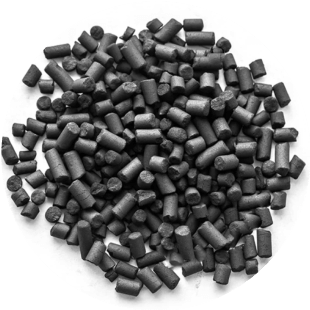 CarboTech is one of the world's leading suppliers of powdered, granulated and extruded activated carbon.Get detailed advice now!Contact
CarboTech is one of the world's leading suppliers of powdered, granulated and extruded activated carbon.Get detailed advice now!ContactGAS ACTIVATION
 GAS ACTIVATION
GAS ACTIVATIONIn gas activation, already carbonized material is exposed to a hot gas stream with approximately 700 to 1000°C heat in the form of a mixture of water vapor, carbon dioxide and air. This gas stream has an oxidizing effect. The heat also causes the carbon to escape from the carbonized material in the form of gas. Another part is burned off after the water-gas reaction. What remains is a finely porous and highly active carbon skeleton with a high adsorption effect, thanks to which unwanted micro substances can be separated or bound.
The micro-, meso- and macro-pores, which are interconnected as in a maze, have grown together at the molecular level to form a structure with enormous surface dimensions. This is also demonstrated by activated carbon from CarboTech with its highly porous structure: For example, the surface area of 4.0 grams of activated carbon is roughly equivalent to the area of a soccer field. If one were to build a game cube with an edge length of 1.0 cm from activated carbon, the inner surface would be 10,000 times the outer surface of the cube.
CHEMICAL ACTIVATION
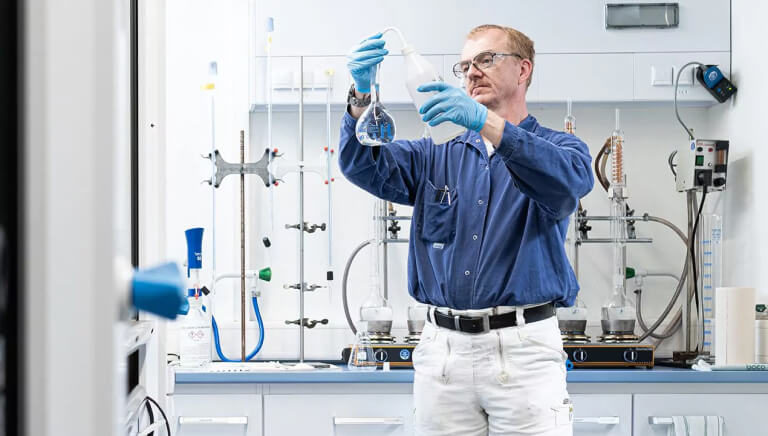 CHEMICAL ACTIVATION
CHEMICAL ACTIVATIONIn chemical activation, mostly non-coked carbonaceous material is used first. The material is mixed with dehydrating and catalytic chemicals. The activating agents used in common activation processes are mostly
- phosphoric acid
- zinc chloride
Thermolysis of the mixture of dehydrating agents and the carbonaceous feedstock takes place between 400 – 800 °C, depending on the process. In the case of phosphoric acid activation, some of the resulting raw activated carbon is heated again under 700-1000 °C steam. Finally, under these temperatures, the carbon partially transforms into a gas that escapes. The desired, wide-pored and highly active products are ultimately formed in this way.
For activation, activated carbon manufacturers use rotary kilns (chemical activation) as well as shaft furnaces, deck furnaces, fluidized bed furnaces or fluidized bed reactors (gas activation).
ACTIVATION: GREAT INFLUENCE ON QUALITY
The know-how and the manufacturing processes make the difference. Because not all activated carbon is the same. As a result, there are major qualitative differences on the market. Especially regarding the desired consistent performance of the activated carbon. We use our worldwide unique fluidized bed process to activate the carbons. It is a process developed by CarboTech. This enables the carbon particles to be activated far better than by the simpler, less effective rotary kiln technology.
In addition, this enables us to achieve a homogeneous pore structure. Products from CarboTech can therefore very effectively adsorb pollutants by means of adsorption. With this optimal adsorption performance of our activated carbon, we achieve the highest possible pollutant binding. Our processes have proven higher removal rates. In addition, higher activation improves service life, which saves costs and protects the environment. The high quality of our products can be easily confirmed by iodine or CTC figures as well as by BET method. Upon request, we will be pleased to prove this to you in our own laboratories.
IMPREGNATION - THE ACTIVATED CARBON BOOSTER
Upon request, we can of course additionally treat our activated carbon with an impregnation. Substances such as colloidal silver are used for this purpose. These additionally improve the cleaning performance and also bind substances that are more difficult to adsorb, such as chlorine, ammonia or mercury.
SUSTAINABLE RESEARCH
Together with our partners, we are constantly researching activated carbons made from new raw materials. The fact is that we have been using renewable raw material sources such as coconut or wood for a long time. Our goal for the next few years is to increase the share of renewable raw materials to 80 percent.
OUR EXPERTISE
Thanks to many years of experience in production technology, CarboTech is today one of the leading manufacturers of activated carbon in Germany, Europe and worldwide.
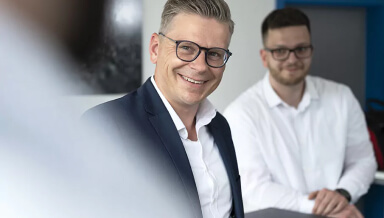 DECADES OF EXPERIENCE AND SOLUTION-ORIENTED PARTNER:From consulting (product selection) and production to logistical handling (bags, BigBags, etc.) and sustainable reactivation or thermal recycling.
DECADES OF EXPERIENCE AND SOLUTION-ORIENTED PARTNER:From consulting (product selection) and production to logistical handling (bags, BigBags, etc.) and sustainable reactivation or thermal recycling.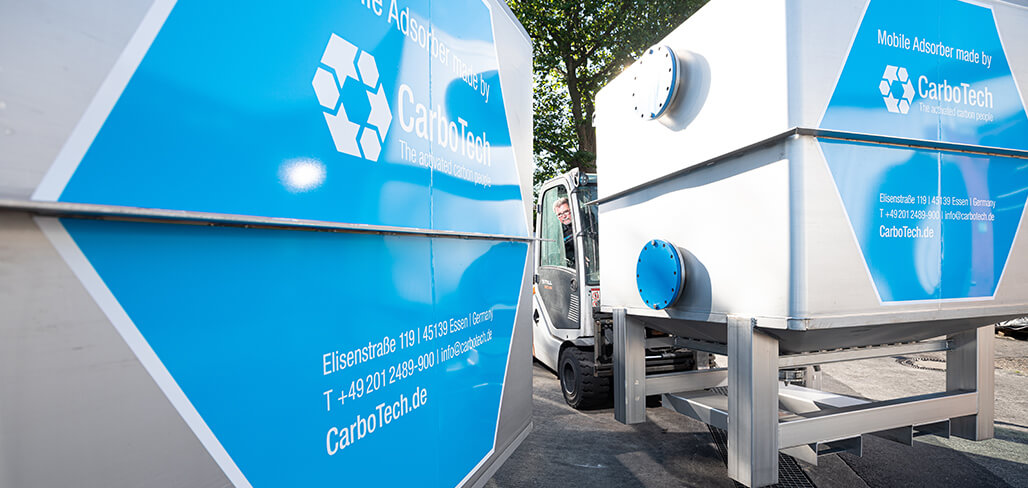 Our "Plug & Clean" system:The convenient, flexible and fast solution for almost any application, when own filter systems or their expansion are not an option
Our "Plug & Clean" system:The convenient, flexible and fast solution for almost any application, when own filter systems or their expansion are not an option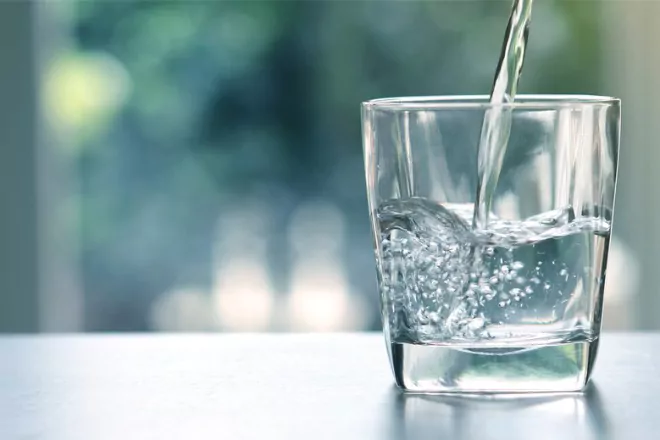 Impregnation:If only special know-how and/or additional materials can help, we refine our activated carbons according to your requirements and grind them into powdered carbons with defined particle sizes and corresponding properties.
Impregnation:If only special know-how and/or additional materials can help, we refine our activated carbons according to your requirements and grind them into powdered carbons with defined particle sizes and corresponding properties. Laboratory services:On one hand, we test the loading capacity of the activated carbons, i.e. how far the activated carbons are already "loaded". On the other hand, we determine here what the coals are loaded with.
Laboratory services:On one hand, we test the loading capacity of the activated carbons, i.e. how far the activated carbons are already "loaded". On the other hand, we determine here what the coals are loaded with.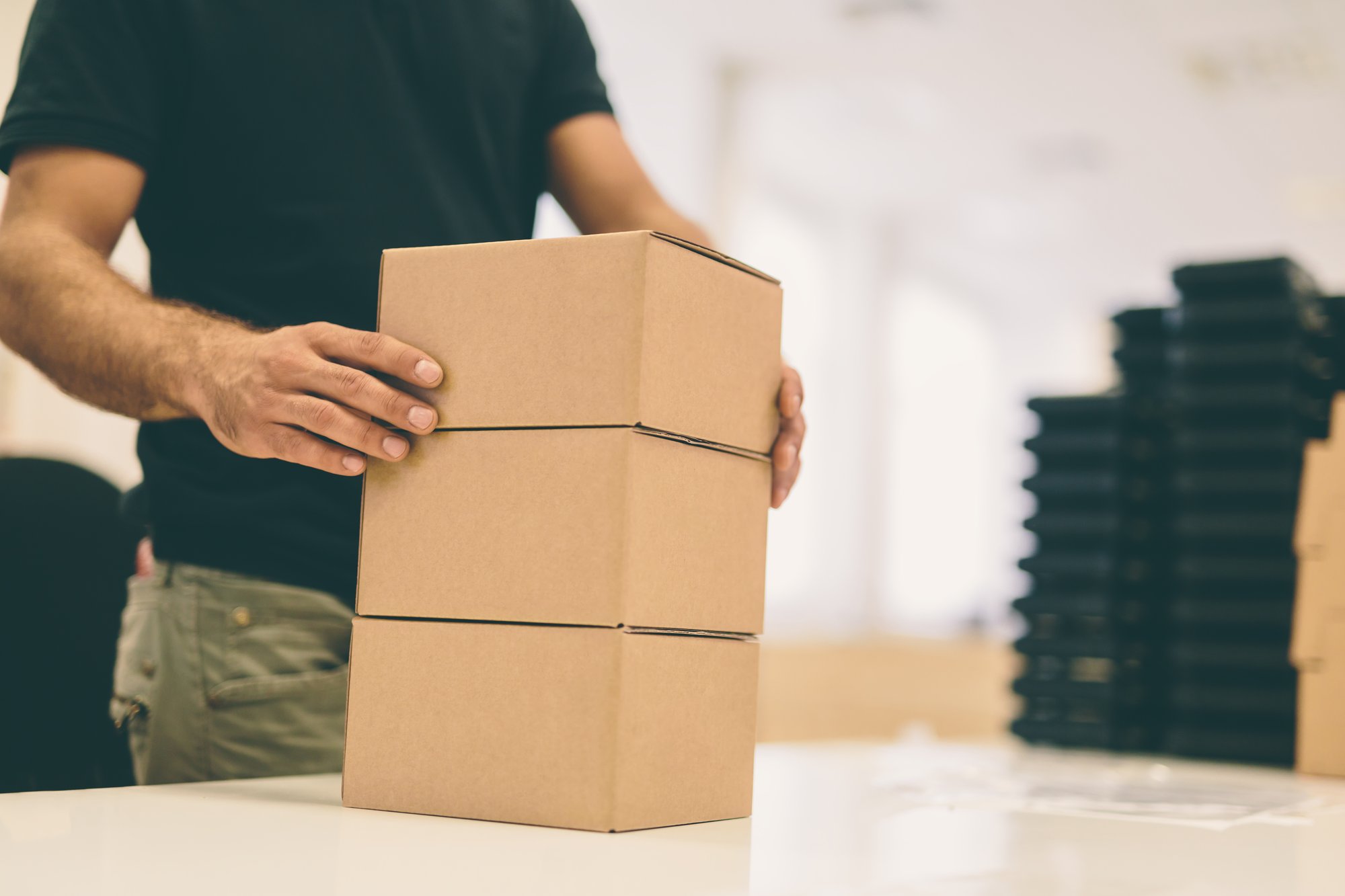 Packaging Service:Individually tailored packaging solutions in different sizes with efficient and well experienced logistics.
Packaging Service:Individually tailored packaging solutions in different sizes with efficient and well experienced logistics. ContactCONTACT US!Do you have any questions about our products or would you like advice on your application? We will help you!
ContactCONTACT US!Do you have any questions about our products or would you like advice on your application? We will help you! - Sustainability